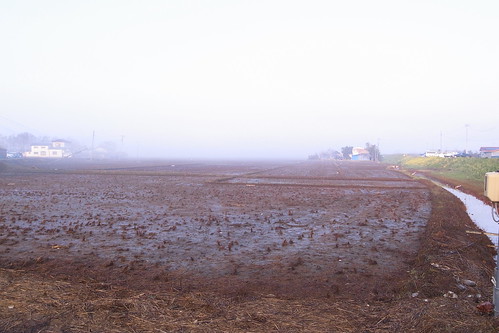April 17, 2013
Hitachi Zosen and Sumitomo Chemical Verify Tsunami-Damaged Farmland Restoration Technique
Keywords: Environmental Technology Manufacturing industry
Hitachi Zosen, a major Japanese industrial and engineering corporation, and Sumitomo Chemical announced on December 12, 2012, that they have established a method to restore farmland tainted by tsunami-caused salt water and small pieces of debris. The announcement follows verification tests carried out by the two firms since November 2011 on rice paddies located in Watari Town in Miyagi Prefecture, an area damaged by the tsunami triggered by the Great East Japan Earthquake.
Restoration of tsunami-hit farmland has been slow in the absence of an efficient technique to remove not only salt but also dirt and debris left by tsunami.
For the verification test on the tsunami-hit farmland, Hitachi Zosen provided GPS technology for accurately measuring the terrain and tide level and centrifugal separators for cleansing the soil, while Sumitomo Chemical, which has extensive knowledge acquired through its fertilizer and pesticide business, analyzed soil and applied fertilizer. Once salt- and debris-free, soil was returned to the test field and mixed in with fertilizer to grow rice. In October, the test paddy produced rice that was satisfactory in both quality and taste.
The two firms hope to deploy this field-tested farmland restoration technique on a broader level and contribute to the recovery of agriculture in the disaster-hit region.
Reference
Related
"JFS Newsletter"
Related
"Popular Articles"
- New Nano-Bubble Technology May Help Dissolve Sludge and Improve Water Quality
- Japanese Firm Begins Development of Tidal Power Generation System
- Small Hydropower Generation System Developed for Use in Seawater, Weight Cut by Half
- Constructed Wetland Facility Established by Japanese University Purifies Livestock Farming Drainage
- Toyota CRDL Succeeds in World's First Artificial Photosynthesis Using only Water and CO2



